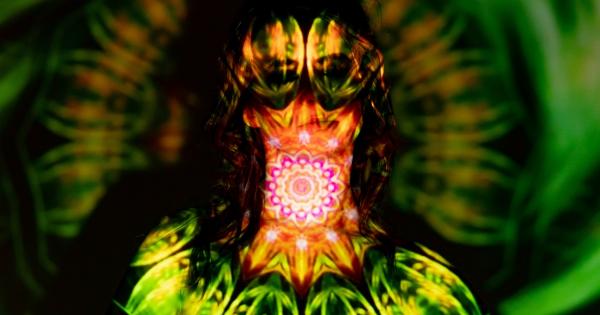Alcohol consumption is a widespread social activity enjoyed by many individuals. While moderate drinking may have some health benefits, excessive or regular alcohol intake can be detrimental to various organs and bodily functions.
One aspect that is often overlooked is the impact of alcohol on eye health and vision. Research has shown a clear connection between alcohol consumption and the eyes, leading to potential vision-related issues and complications.
Understanding this relationship is crucial for individuals who frequently consume alcohol, as well as for healthcare professionals attempting to educate their patients.
How Alcohol Affects the Eyes
When alcohol is consumed in large quantities or over long periods, it can have several negative effects on overall eye health. These effects can range from short-term temporary impairments to long-term irreversible damage.
Let’s explore some of the ways alcohol impacts the eyes:.
1. Dry Eyes
One common consequence of alcohol consumption is dry eyes. Alcohol acts as a diuretic, causing increased urination and dehydration. Dehydration, in turn, leads to reduced tear production and dryness of the eyes.
Dry eyes can cause discomfort, blurry vision, and eye irritation.
2. Vision Impairment
Alcohol consumption can significantly impair vision temporarily. Even small amounts of alcohol can affect the ability to focus and perceive objects accurately.
This impairment occurs due to alcohol’s impact on the central nervous system, affecting eye-hand coordination and depth perception. The result is compromised vision, making activities like driving or operating machinery dangerous.
3. Optic Neuropathy
Optic neuropathy is a condition that occurs when alcohol directly damages the optic nerve. The optic nerve transmits visual information from the eyes to the brain.
Excessive alcohol consumption can lead to optic neuropathy, causing vision loss, color vision changes, and blind spots.
4. Cataracts
Cataracts are a common eye condition characterized by clouding of the lens, leading to blurred vision. Excessive alcohol consumption has been linked to an increased risk of cataracts.
Alcohol interferes with the body’s ability to absorb essential nutrients, antioxidants, and vitamins necessary for maintaining eye health, thereby predisposing individuals to cataract formation.
5. Macular Degeneration
Macular degeneration is a progressive eye disease that affects central vision. Research suggests a correlation between alcohol consumption and an increased risk of developing macular degeneration.
Heavy drinking can lead to oxidative stress and inflammation in the retinal cells, accelerating the progression of this sight-threatening condition.
6. Alcoholic Retinopathy
Alcoholic retinopathy is a condition that primarily affects heavy drinkers. Prolonged alcohol abuse damages the blood vessels supplying the retina, causing bleeding, swelling, and eventual vision loss.
Symptoms include blurry vision, difficulty distinguishing colors, and visual distortions.
7. Dry Macular Degeneration
Dry macular degeneration is the most common form of age-related macular degeneration. Studies have found that alcohol consumption can exacerbate the progression of this condition.
Regular alcohol intake creates a toxic environment within the body, leading to increased oxidative stress in the macula and further deterioration of central vision.
8. Eye Fatigue
Alcohol affects the body’s natural sleep patterns and quality of rest. Consuming alcohol can disrupt sleep, leading to frequent awakenings, restlessness, and poor sleep quality.
Consequently, individuals who consume alcohol frequently may experience eye fatigue due to inadequate rest, leading to eye strain, dryness, and irritation.
9. Increased Sensitivity to Light
Alcohol consumption can heighten sensitivity to light, a condition known as photophobia. Bright lights, such as sunlight or artificial lighting, may become unbearable to individuals who have consumed alcohol.
This sensitivity can cause discomfort, eye pain, and difficulty in visual tasks performed in well-lit environments.
10. Impaired Dark Adaptation
Dark adaptation refers to the eyes’ ability to adjust to low-light conditions accurately. Excessive alcohol consumption can impair this process, making it challenging to see in dimly lit or dark environments.
Individuals who drink heavily may experience difficulties in night driving or activities that require clear vision despite reduced lighting.
Conclusion
While alcohol can be enjoyed responsibly in moderation, excessive or regular alcohol consumption has adverse effects on eye health and vision.
From dry eyes and impaired vision to various eye conditions such as cataracts, macular degeneration, and optic neuropathy, alcohol can cause significant harm to the eyes. It is essential for individuals who consume alcohol to be aware of these risks and seek moderation. Additionally, healthcare professionals should educate their patients about the connection between alcohol consumption and eye health.
By understanding this connection, individuals can make informed decisions about their alcohol intake and take proactive measures to protect their eye health.






























